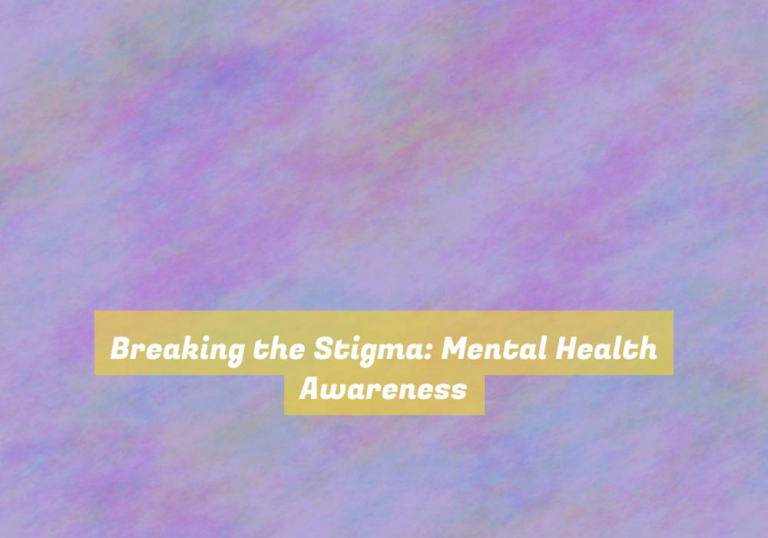Global Practices of Deep Breathing
Have you ever considered the timeless wisdom encapsulated in the ancient art of deep breathing?
Across cultures and centuries, the practice of controlled, intentional breathing has been revered for its profound effects on physical, mental, and emotional well-being.
From the sacred tradition of Pranayama in India to the meditative discipline of Qigong in China, and the diverse indigenous breathing practices found around the globe, the world is rich with a tapestry of deep breathing techniques that offer a glimpse into the depth of human potential.
As we explore these global practices, we will uncover the fascinating intersections between tradition and modern innovation, and the universal quest for inner harmony and vitality.
Pranayama in Indian Tradition
In the Indian tradition, Pranayama is a practice that involves controlling the breath to enhance physical, mental, and spiritual well-being. By consciously regulating the breath, you can influence the flow of prana (life force) within the body. This ancient practice is deeply rooted in various Indian philosophical and spiritual traditions, such as Yoga and Ayurveda.
Pranayama encompasses a wide range of breathing techniques, each with its own unique benefits. These techniques are designed to calm the mind, increase concentration, and improve overall health. For example, the G??Nadi ShodhanaG?? or alternate nostril breathing is believed to bring balance to the left and right hemispheres of the brain, promoting a sense of harmony and mental clarity. Additionally, G??Sitali PranayamaG?? involves inhaling through a rolled tongue to create a cooling effect within the body, which can help alleviate stress and reduce body heat.
Incorporating Pranayama into your daily routine can lead to a deeper connection between the mind, body, and spirit. The practice is often integrated into Yoga sessions, meditation, and even as a standalone practice to promote holistic well-being. Whether youG??re seeking physical vitality, mental tranquility, or spiritual awakening, Pranayama offers a profound pathway to achieve balance and harmony within yourself.
Qigong in Chinese Culture
Originating in ancient China, Qigong is a holistic practice that integrates physical postures, breathing techniques, and mental focus to cultivate and balance the bodyG??s vital energy. In Chinese culture, Qigong is deeply rooted in traditional Chinese medicine and martial arts. ItG??s believed to promote health, longevity, and spiritual cultivation.
The practice of Qigong is often performed in gardens or open spaces, connecting individuals with nature and the flow of energy in the universe.
Qigong consists of gentle movements, coordinated with deep rhythmic breathing and a calm, focused mind. The slow, deliberate movements aim to improve circulation, enhance flexibility, and cultivate a sense of balance and harmony within the body. In Chinese culture, Qigong isnG??t just a physical exercise but a way of life that encompasses physical, mental, and spiritual well-being.
The philosophy behind Qigong in Chinese culture emphasizes the balance of yin and yang energies within the body and the harmonious flow of Qi, or vital energy. ItG??s considered a form of self-care and self-healing that empowers individuals to take charge of their health and well-being.
Qigong is deeply ingrained in Chinese culture, serving as a means of promoting holistic wellness and inner peace.
Indigenous Breathing Practices
Deep breathing practices, like Qigong in Chinese culture, have long been integral to indigenous traditions, encompassing a holistic approach to well-being. Indigenous breathing practices vary widely across different cultures and have been passed down through generations as a means of fostering physical, mental, and spiritual health.
For example, among the Maori people of New Zealand, the practice of G??hauG?? breathing is deeply rooted in their cultural traditions. This form of deep breathing is believed to connect individuals with the essence of life, their ancestors, and the surrounding natural environment.
Similarly, in Native American cultures, deep breathing techniques are often incorporated into ceremonial rituals as a way to honor the interconnectedness of all living beings. These practices emphasize the importance of breathing in harmony with nature and recognizing the breath as a sacred and life-giving force.
In Aboriginal Australian traditions, deep breathing is also central to their spiritual and healing practices, with an emphasis on connecting to the land and the ancient wisdom of their ancestors through breathwork.
Modern Adaptations and Innovations
Modern adaptations and innovations in deep breathing practices have led to the development of diverse techniques that cater to the evolving needs of individuals seeking holistic well-being.
One such innovation is the incorporation of technology into deep breathing exercises. Various apps and devices offer guided deep breathing sessions, biofeedback, and personalized breathing exercises, making it easier for individuals to practice deep breathing anywhere, anytime.
Another modern adaptation is the integration of deep breathing practices into different disciplines such as yoga, mindfulness, and cognitive behavioral therapy. This integration allows for a more comprehensive approach to well-being, addressing not only the physical but also the mental and emotional aspects.
Additionally, thereG??s been a surge in the development of specialized breathing techniques tailored to specific needs, such as stress reduction, improved sleep, and enhanced athletic performance. These tailored approaches provide individuals with targeted solutions for their well-being goals.
Furthermore, the use of deep breathing in workplace wellness programs and educational settings has gained traction, highlighting the adaptability of these practices to diverse environments.
Conclusion
So, next time you feel stressed or overwhelmed, try incorporating deep breathing practices from around the world into your daily routine.
Whether itG??s the pranayama from India, qigong from China, or indigenous breathing practices, there are a variety of techniques to choose from.
By embracing these global practices, you can find a sense of calm and balance in your life, no matter where you are.
Take a deep breath and give it a try!






